Stott Park Bobbin Mill
Stott Park Bobbin Mill, built in 1835 near Newby Bridge in the Lake District, Cumbria, is a rare survivor of Britain’s industrial past. It played a key role in producing wooden bobbins for Lancashire’s textile mills, making it an essential part of the spinning and weaving industries. Now operated as a museum by English Heritage, it offers an insight into Victorian industrial processes and the lives of those who worked there.
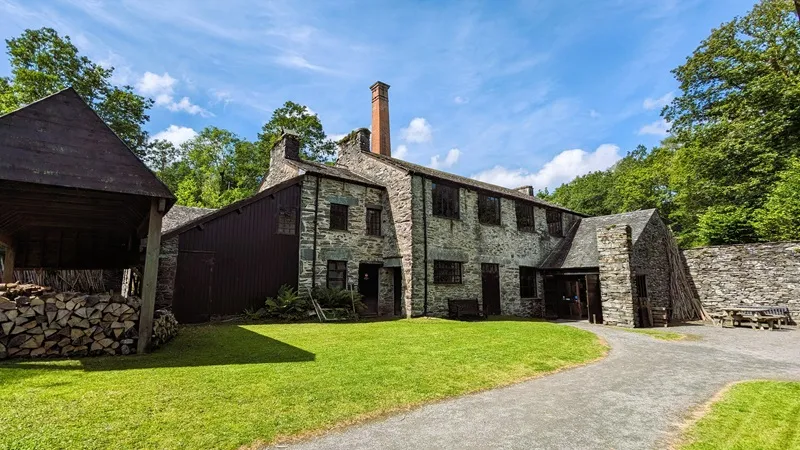
Stott Park Bobbin Mill Tours
Visitors can join guided tours, running every hour at half past, to learn about the mill’s operations and history. Open from Easter to the end of October, the site remains largely unchanged since its peak in 1880. The tours demonstrate how workers used original machinery, including lathes and belt-driven cutting tools, to produce up to 250,000 bobbins a week. The phrase “knocking off work” originates in mills such as this one, referring to workers using a stick to disengage the belts at the end of their shifts.
The steam engine, imported second-hand from a Yorkshire coal mine, arrived at Stott Park Bobbin Mill in 1880 and marked the height of production. It continues to power machinery during special select weekends. A high dam was dug to provide water for both the steam engine and the workers, highlighting the mill’s dependence on its local environment.
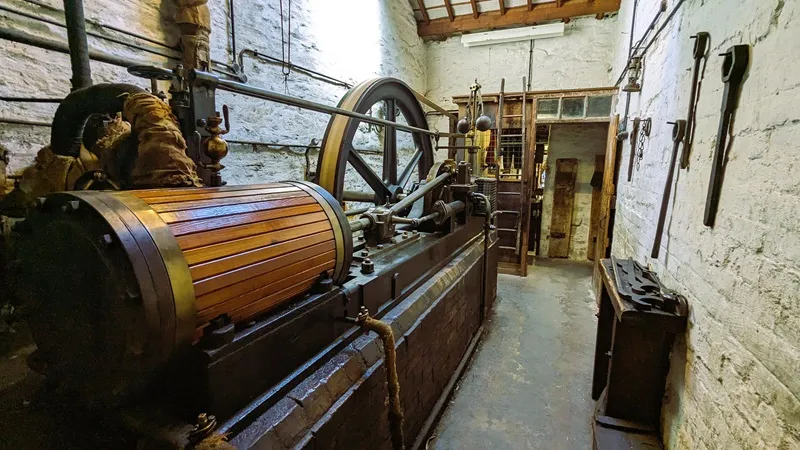
Sustainable Wood Supply
The mill relied on coppiced wood, primarily birch, ash, and sycamore, sourced from nearby forests. Coppicing ensured a sustainable supply, with new shoots growing from the base of cut trees. This practice shaped the surrounding landscape and ensured a steady flow of raw materials. The mill also produced tool handles and ship rungs during the two World Wars, adapting to meet wartime demands.
Inside the mill, wood shavings were allowed to accumulate on the floor to insulate the building and reduce dust. Workers cleared pathways between machines to maintain safety while keeping the heat in during cold months.
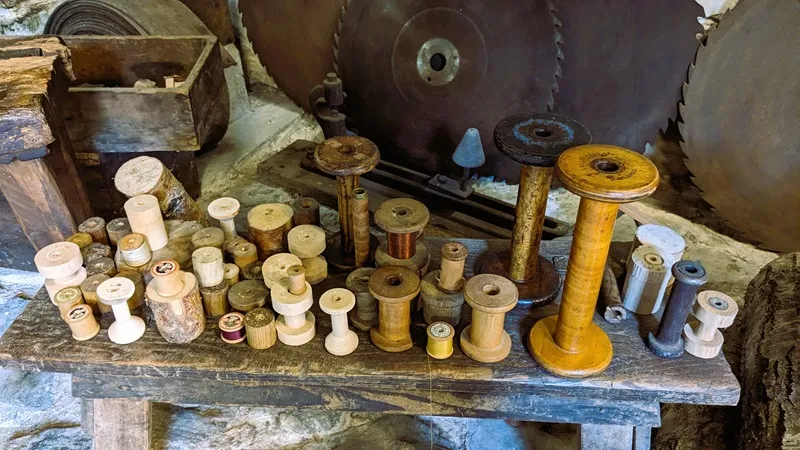
Working Conditions and Community
Children as young as eight worked in the mill, often performing simple tasks for long hours. Photographs from the early 1900s document the names and ages of these workers, many of whom lived in cottages owned by the Stott Park Bobbin Mill. Workers rented their homes, shopped at the owner’s store, and frequented the owner’s pub, creating a system where much of their wages returned to the mill’s proprietors.
Each worker owned their own tools and was responsible for their maintenance. If tools were damaged or lost, replacements had to be paid for from their wages. This system ensured high standards of workmanship but placed a financial burden on the workforce.
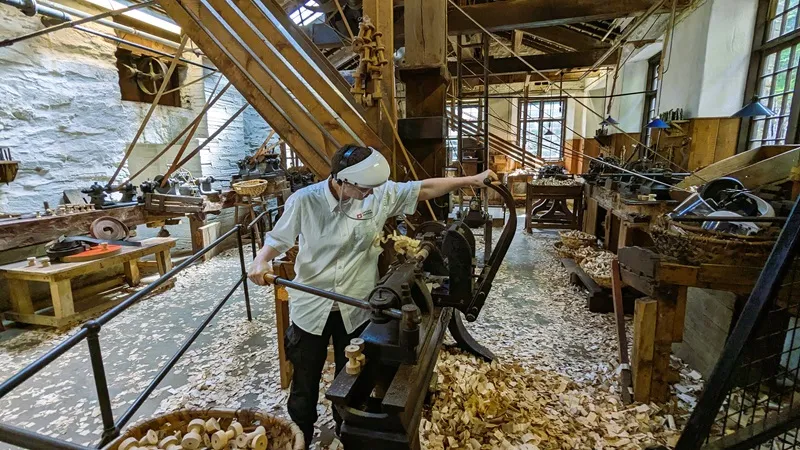
Stott Park Bobbin Mill: Preservation
The mill closed in 1971 after more than 130 years of operation. Ten years of restoration work transformed it into a museum, which opened to the public as a working example of a Victorian bobbin mill. The surrounding cottages, originally built to house workers, remain part of the area’s industrial heritage.
Today, visitors can watch demonstrations of bobbin-making on the original machinery. Some of the Cumbrian-style baskets used in Stott Park Bobbin Mill are still made by artisans, such as Lorna Singleton in Grizedale, preserving this traditional craft.
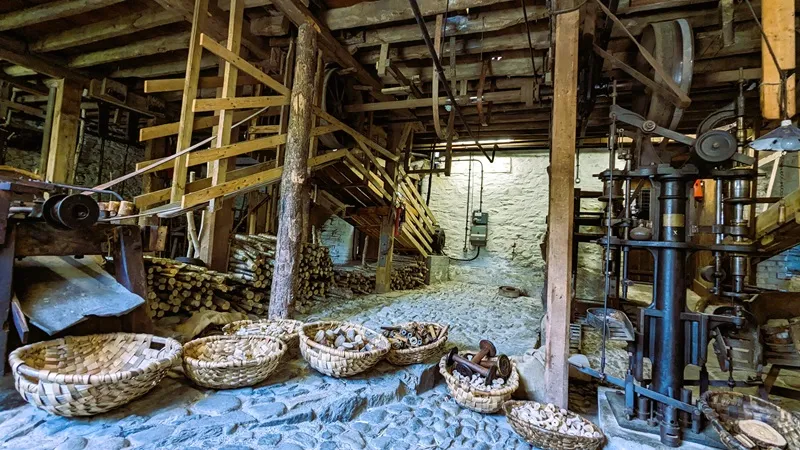
Visiting Stott Park Bobbin Mill
- Stott Park Bobbin Mill, Finsthwaite, Newby Bridge, LA12 8AX. Tel 015395 31087
- Opening Hours and Admission
- Facilities
- Directions
Menu :
Related Links:
Planning a visit to Stott Park Bobbin Mill? See the location marker below and enter your dates to find available accommodation nearby on a handy map
Archive images
[nggallery id=247]
Grid Ref : SD 372884
